Big hardware week: Nvidia GTX 1080, Broadwell E leaks, 23 gaming headsets
Broadwell-E benchmarks, Pascal packs a punch, and lots more!

It's been two weeks since the last time we posted one of these, and boy has a lot happened in that time. The big story, of course, is Pascal—to say Nvidia brought the boom is an understatement and we can't wait to start testing its new graphics cards. But that's far from the only development in hardware and technology in the past couple of weeks. There have been some other exciting product launches, a new crowdfunding policy from Paypal, and plenty more. So, sit back and let's recap!
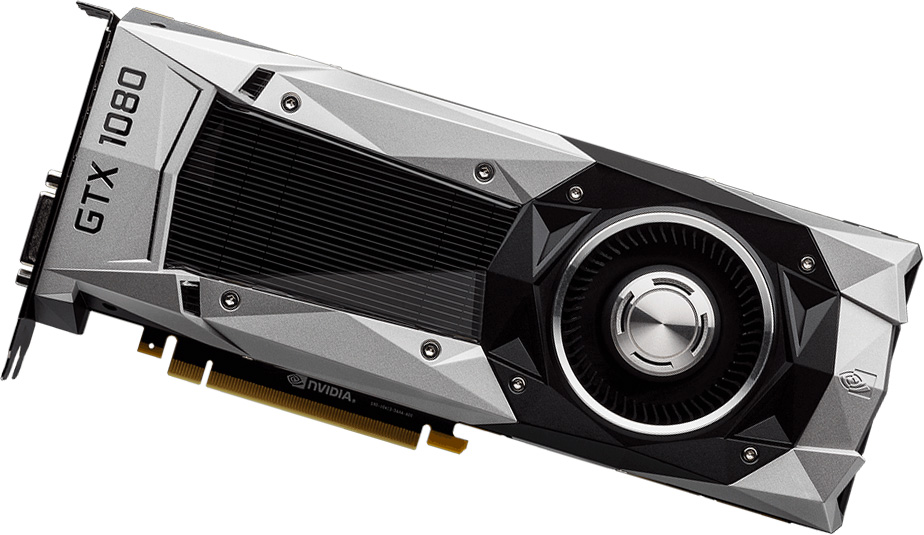
Nvidia GeForce GTX 1080 and GTX 1070 detailed
In a special event coinciding with Dreamhack in Austin, TX, Nvidia revealed to the world the name, specs, and design of their upcoming graphics cards. Much to the surprise of no one, the cards will be called the GTX 1080 and GTX 1070. But don't let the unsurprising nomenclature get you down, because the new cards are going to be insane. Let's just cut straight to the chase....

Nvidia shows off new features and software for GTX 1080
After the big announcement of the GTX 1080 and GTX 1070, we were able to check out some demos of the cards running a few of the latest games, showing off what some developers are doing with the technology. We also neglected to talk about some of the other features and software that Nvidia discussed, so let's get to it.
First up on the software side, Nvidia has created a new tool and API called Ansel to aid artists in capturing amazing screenshots. Except "screenshot" doesn't do justice to what Ansel can do. It's a free camera utility that you can position anywhere you want, it has support for a variety of filters, HDR (EXR) is supported, and you can bump up the resolution of the capture.
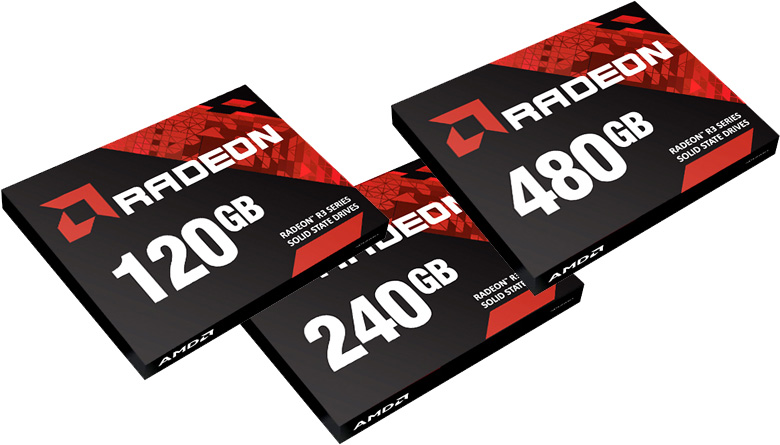
AMD rolls out value oriented Radeon R3 SSDs
The biggest gaming news, reviews and hardware deals
Keep up to date with the most important stories and the best deals, as picked by the PC Gamer team.
AMD is taking another stab at the SSD storage market with its second line of Radeon brand drives to date. The new Radeon R3 series follows the 2014 launch of AMD’s Radeon R7 SSDs, which at the time were aimed at the performance segment. A lot has changed in the past two years, and though the rated performance metrics are similar, the Radeon R3 line will appeal more to users looking to strike a balance between value and raw speed.
The lowest capacity option in the Radeon R3 line is 120GB (SSDR3L120G). It features sequential read and write speeds of up to 520MB/s and 360MB/s respectively. Both the 240GB (SSDR3SL240G) and 480GB (SSDR3SL480G) models also boast up to 520MB/s of sequential read performance, but up the sequential write ante to 470MB/s. As for the most capacious drive of the bunch, a 960GB model (SSDR3SL960G), it’s rated to deliver sequential reads of up to 510MB/s and writes up to 450MB/s.

Oculus Rift arrives at Best Buy stores ahead of pre-orders
Talking about virtual reality is one thing, but experiencing it in person is a very different matter. If you've missed out on all the demonstrations at events over the past year—or if you just want to try the retail version of the Rift—now is your chance.
Oculus has teamed up with Best Buy to provide in-store demonstrations of the Rift at 48 locations as part of the Intel Experience starting May 7. Additional stores will be added later this summer, in case none of those locations work for you. Right now, you'll be able to experience Dreamdeck (basically a bunch of VR tech demos) and Crytek's The Climb. In the near future, they'll be adding Farlands, a free game for the Rift. To help manage things, Oculus Live will allow you to schedule a Rift demo up to a month in advance.
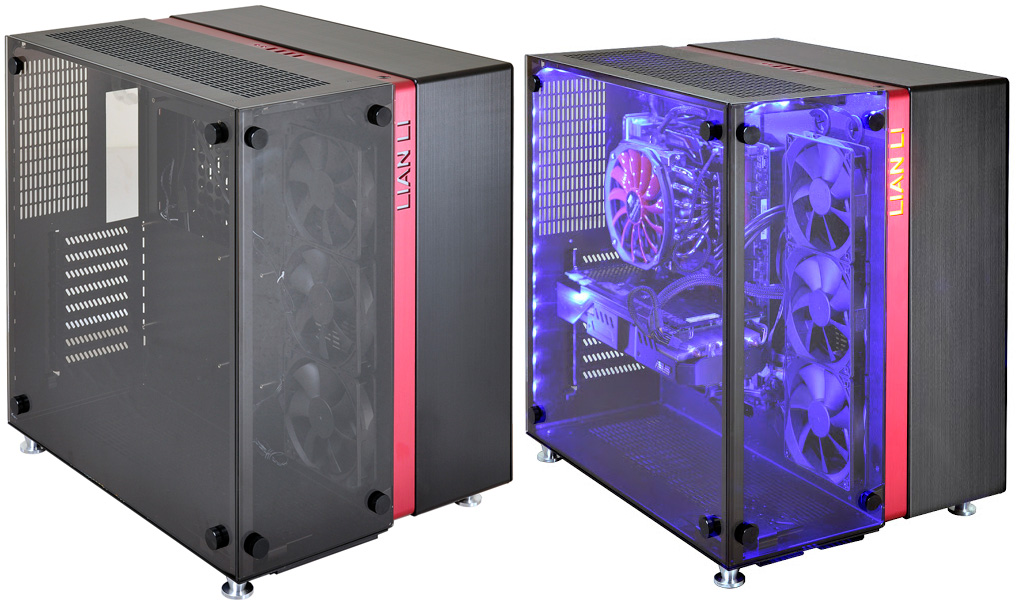
Lian Li’s PC-09 squishes two cases into one
Lian Li is back with another dual chambered case that separates your components into two distinct compartments. As Lian Li describes it, the new PC-09 is like having "two different cases fused together as conjoined twins." It's an odd comparison, though strangely fitting.
The PC-O9 is a two-faced case with tempered glass on one side to show off the motherboard and graphics card, and a windowless brushed aluminum compartment on the other side for the less flashier parts of your build, such as the power supply and storage drives.
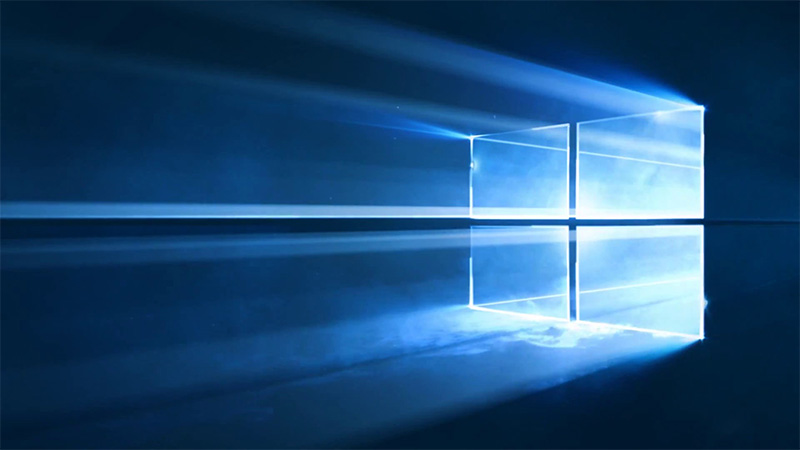
Overall Windows desktop share dips below 90 percent
It was a bit of an odd month for Windows in April, one that saw its total share of the desktop OS market fall below 90 percent for the first time since actively tracking such things, according to data collected by Net Applications. We’re not really sure what to make of this, so we’ll file it under the ‘Things that make you go hmm’ category for the time being.
Collectively all versions of Windows accounted for 89.23 percent of PCs tracked by Net Applications in the month of April. Also for the first time in a long time, Windows 7 dropped below 50 percent, going from 51.89 percent in March to 48.81 percent in April. That’s the lowest it’s been for as far back as Net Applications will let us look, which is May 2014 (50.06 percent).
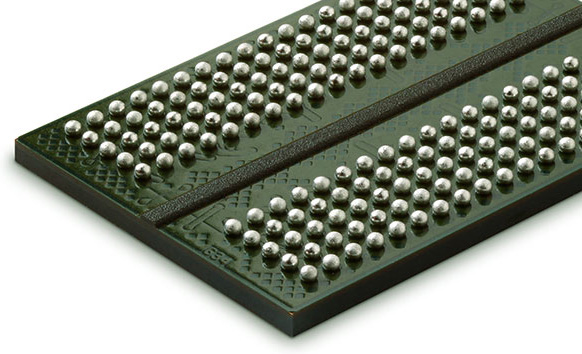
Micron starts mass producing GDDR5X memory ahead of schedule
Micron is a step or two ahead of where it thought it would be at this point. Back in February, Micron said it was on track to start mass producing GDDR5X memory chips by this summer, but was able to kick things up a notch early than expected.
"Today, I am happy to announce that GDDR5X, the fastest discrete memory component in the world, has already entered mass production. With gaming and virtual reality driving continuous increases in performance requirements for GPUs, it’s a critical time to deliver higher memory bandwidth and efficiency, and GDDR5X is well positioned to help drive these new efficiencies," Kristopher Kido, Director of Micron's global Graphics Memory Business, stated in a blog post.
With mass production under way, we can cross our fingers that Nvidia's recently launched GeForce GTX 1080 graphics card will be readily available for purchase in sufficient quantity when it hits retail on J̶u̶n̶e̶ ̶1̶0̶ May 27 comes out on June 10). Nvidia chose the higher end memory for its GTX 1080, whereas the GeForce GTX 1070 uses GDDR5 memory chips.
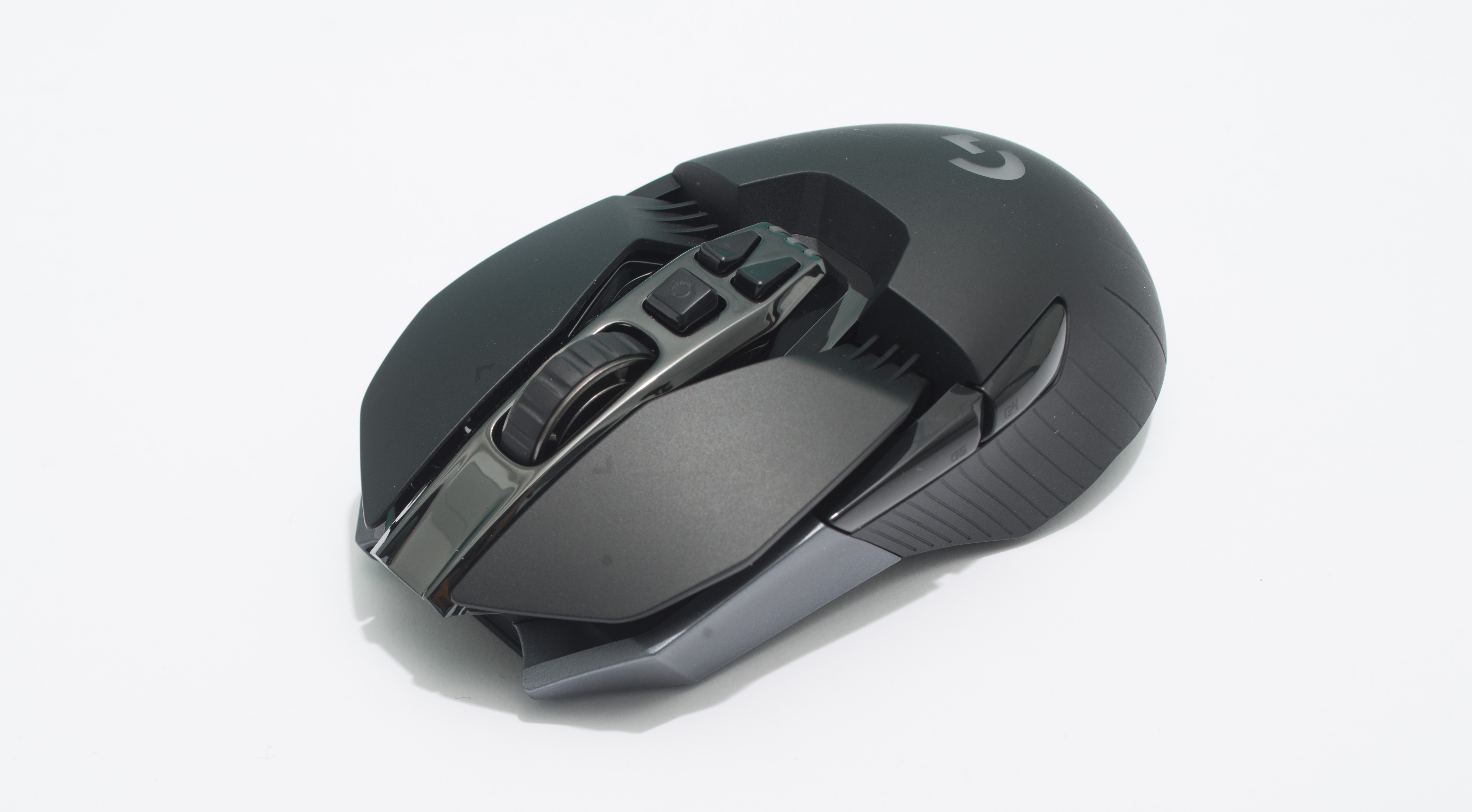
Logitech G900 Chaos Spectrum gaming mouse review
After more than a month of using the Logitech G900 as my daily work and gaming mouse, I can’t find a single flaw or thing to dislike about Logitech’s new wireless flagship. It’s incredibly light for a wireless mouse (and light for a gaming mouse, period, at 107 grams), has a fantastic shape that contours to my hand despite being an ambidextrous design, and hasn’t shown a single sign of jitter, stutter, or wireless failure in the time I’ve been testing it. It’s the best gaming mouse I’ve ever used, with only one drawback: to accomplish the feat of engineering that is the G900, Logitech made a $150 mouse, double or triple the price of the best wired mice that exist today.
Setting aside the value conversation for a minute, the G900 is a feature-packed mouse that would be ambitious even before you factor in the complexities of wireless gaming. The 107 gram weight is targeted at players who, like pro gamers, want a light mouse to operate as an extension of their hand, not a heavy object that you sling across a pad. Despite that weight, the G900 doesn’t feel fragile or cheap. There’s no flex in the plastic if you squeeze it.
Logitech’s signature metal Hyper scroll wheel is still there, now cored out to weigh a few grams less. The wheel still spins freely for 15 seconds or delivers a satisfying notched scroll depending on the mode you have it set to with a quick button press. The wheel also clicks side-to-side for two more button inputs, one of my favorite features of past Logitech mice. I don’t use it for gaming, but I love it as a web browser forward-and-back keybind.
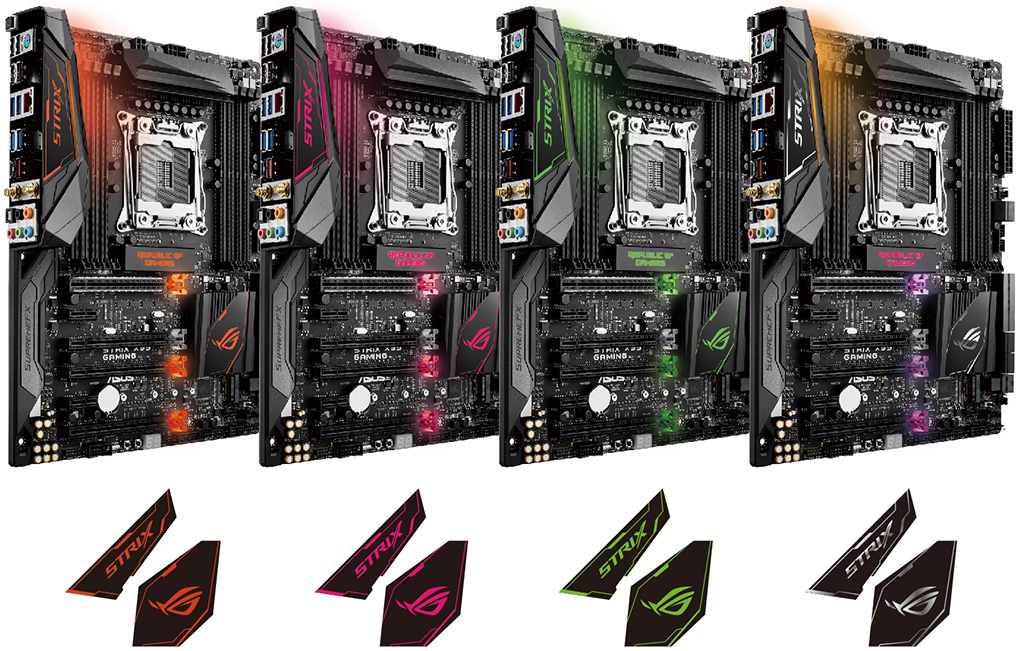
Asus expands arsenal of X99 motherboards for Broadwell-E
Serving as another sign that Broadwell-E is just around the corner, Asus today unveiled four new X99 chipset motherboards that it says are locked and loaded for Intel's upcoming Core i7 processors for socket LGA 2011-v3.
Among the new additions are three X99 Signature series motherboards and the first ever ROG Strix mobo dubbed ROG Strix X99 Gaming. The ROG Strix X99 Gaming is the most feature rich of the bunch with gaming amenities like shielded SupremeFX and Sonic Radar II audio, and Intel Ethernet.
There's not much that isn't included on the ROG Strix X99. It has 8 DIMM slots supporting up to 128GB of DDR4-3333 (OC) memory, eight SATA 6Gbps ports, a single SATA Express port, M.2 Socket 3 and U.2 storage support, built-in 802.11ac Wi-Fi (2x2) with MU-MIMO support, SupremeFX audio, and Thunderbolt 3, to name some of the highlights
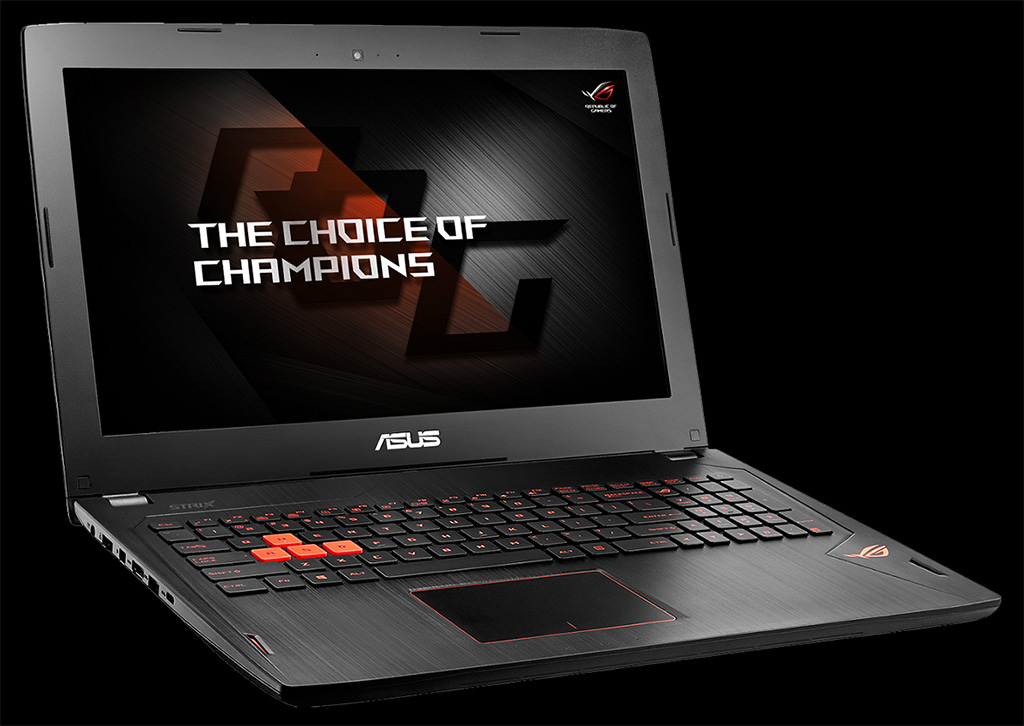
Asus announces first ROG Strix laptop and wireless headset
Asus has been juggling a couple of gaming brands, those being its Republic of Gamers (ROG) division and its Strix line of products. Now it appears Asus is making a concerted effort to bring them together. It started earlier this week with the introduction of its first ever ROG Strix motherboard dubbed ROG Strix X99 Gaming, and now it's announcing its first ROG Strix laptop (GL502) and wireless headset.
Starting with the laptop, the ROG Strix GL502 sports a 15.6-inch IPS display available in Full HD 1080p or 4K Ultra HD, both with G-Sync support. It's powered by either an Intel Core i7-6700HQ or Core i7-6820HK processor (both Skylake parts) and up to a GeForce GTX 980M GPU with 8GB of GDDR5 memory. Note the GPU is the mobile version, not to be confused with the desktop-class GeForce GTX 980 for laptops that Nvidia introduced last September.
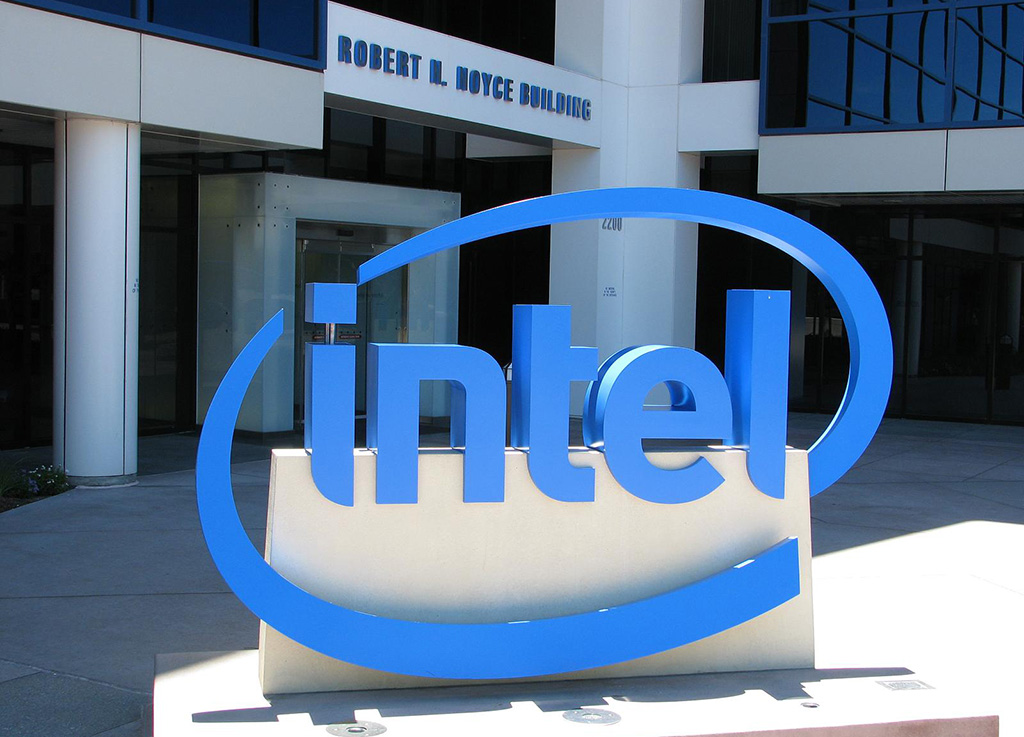
Intel Kaby Lake Core i7-7700K CPU specs leaked
Had things originally gone to plan, Intel would be readying the launch of Cannonlake processors right about now, and in turn keeping its tick-tock release cadence intact. Instead, Intel pushed Cannonlake’s launch to 2017, so that it can fine tune its 10nm manufacturing process, and will release Kaby Lake (14nm) in its place. Ahead of Kaby Lake’s official launch, details of Intel’s upcoming 7th generation Core i7-7700K desktop processor have leaked online.
The Core i7-7700K is set to be Intel’s flagship desktop CPU built on a 14nm manufacturing process, the same process used for Skylake and Broadwell. According to a post in SiSoft Sandra’s database that was picked up by WCCFTech, the Core i7-7700K is a quad-core chip clocked at 3.6GHz that can ramp up to 4.2GHz via Turbo Boost. It also features 8MB of L3 cache and 256KB of L2 cache.
Bear in mind that whatever data ended up in SiSoft Sandra’s database was probably taken from an engineering sample. Final specs could differ, though assuming the leaked specs are real, we’d be surprised if the specs on the final silicon ended up being drastically different.
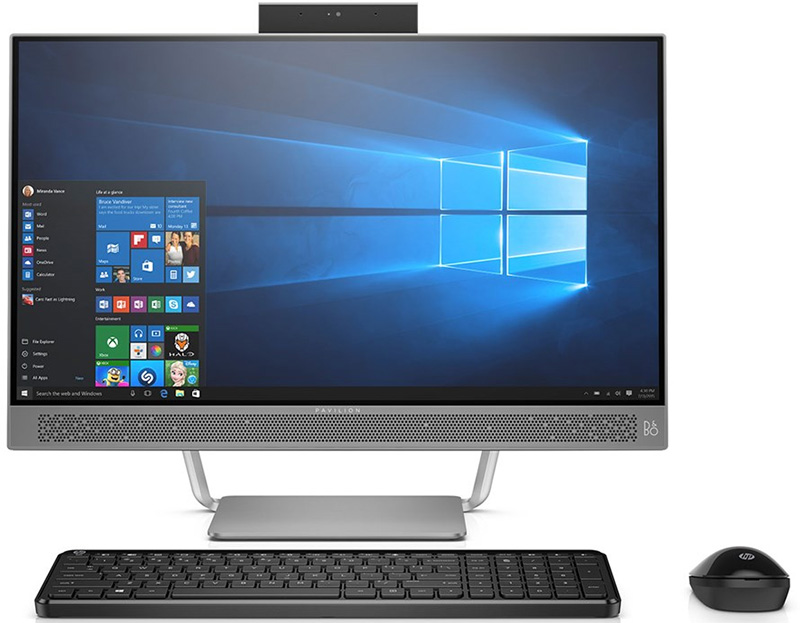
HP updates its portfolio of Windows 10 Pavilion PCs
At the risk of favoring style over substance, HP on Tuesday unveiled a refreshed lineup of Pavilion series convertibles, notebooks, and desktops with “sleek designs” and “bold color” options. Among the buyers it’s hoping to attract are millennials, families, and students, as apparently it’s not too early to get a jump on back-to-school shopping.
There’s not much in the refreshed lineup for power users or gamers, though some of the solutions come with discrete graphics options from Nvidia. That includes HP’s traditional clamshell Pavilion laptops available in 14-inch, 15.6-inch, and 17.3-inch sizes.
These are thin and light systems with weights and waistlines starting at 3.3 lbs. and 19.5mm, respectively. More powerful options are available in the 15.6-inch and 17.3-inch models, which feature up to Intel Core i7 Skylake processors with optional Nvidia GeForce 940MX, GTX 950M, and GTX 960M graphics. AMD’s 7th generation A12-9700P with optional Radeon R7 graphics is another option.
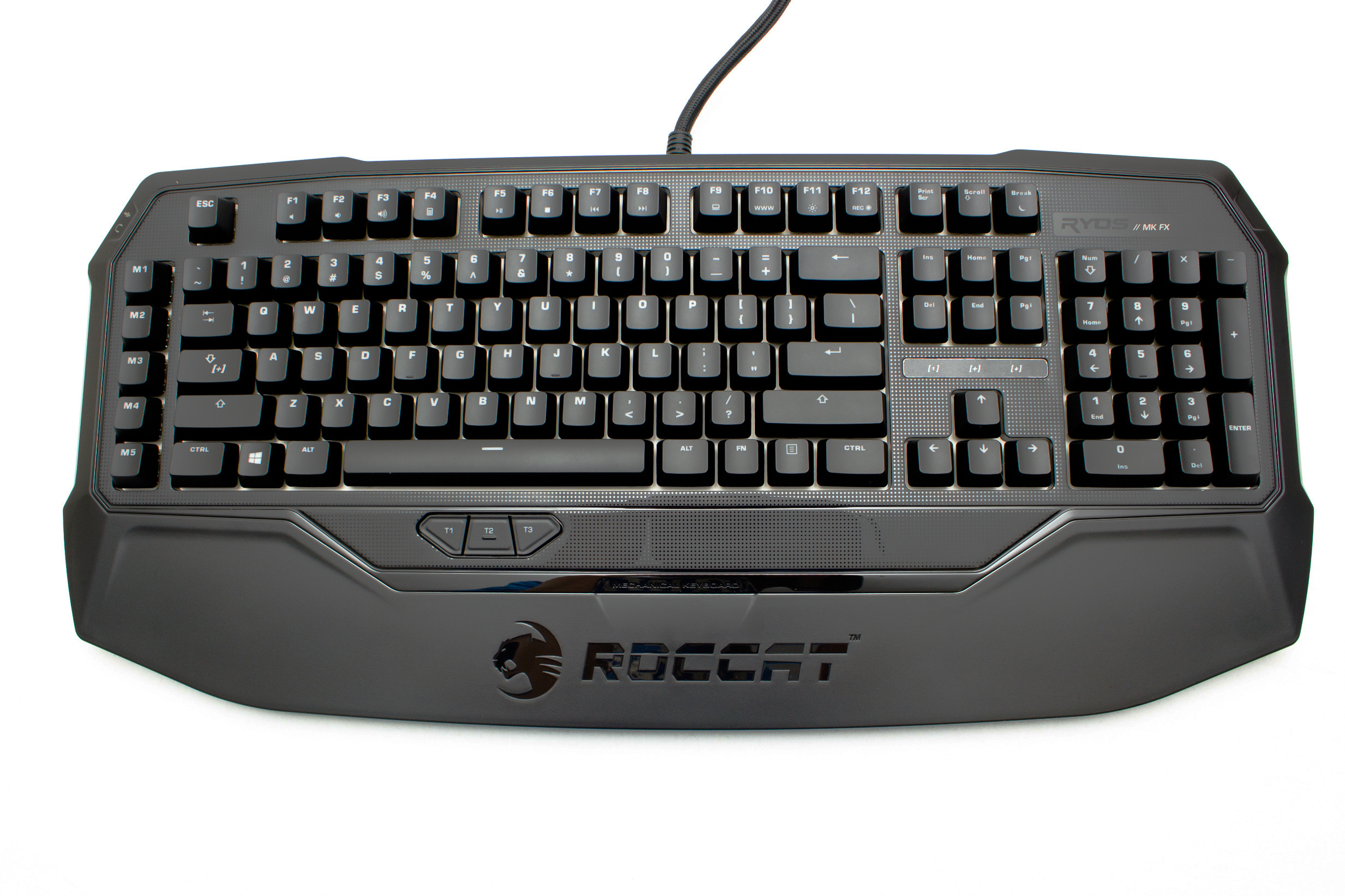
Roccat Ryos MK FX gaming keyboard review
The Roccat Ryos MK FX has taken over the Ryos MK FX as the ultimate keyboard Roccat has to offer. Now updated with RGB lighting, the Ryos MK FX aims to give gamers all the functions they need plus all the bells and whistles.
Just like it did for all its predecessors, Roccat plucked the switches from the good ol’ Cherry we know and love. The Roccat Ryos MK FX exclusively uses the Cherry MX Brown, a switch that is widely regarded as the best all-around Cherry switch for gaming and typing. It has a tactile point that’s quieter than the Cherry MX Blue and a light actuation force of 45g. We don’t know if more switch flavors will be added in the future, but they would certainly be welcomed.
Cherry MX Brown fairs better than Cherry MX Blue when gaming, especially when we go full woodpecker on the keys. Because there’s no extra housing around the plunger, key press feels smoother and a tad more responsive.

Nvidia’s earnings report highlights health of PC gaming market
Quarter after quarter we hear from market research firms that mainstream PC sales are down, but if you shift your focus to the computer gaming category, you'll see the segment is alive and thrving. If anyone needs further proof of that, take a look at how Nvidia performed during its first fiscal quarter for the period ended May 1, 2016, along with its future outlook.
Nvidia reported $1.3 billion in revenue, which is down 7 percent sequentially from $1.40 billion, but up a healthy 13 percent from $1.15 billion in same quarter a year ago. After paying the bills, Nvidia was left with a nice profit of $263 million, which again is down sequentially (11 percent) but up a whopping 41 percent from $187 million a year ago.
Gaming continues to be by far the biggest contributor to Nvidia's financial well being. It raked in $687 million (PDF) last quarter from its Gaming division, up from $587 million a year ago. That's more than all of its other areas combined, all of which added more than $100 million to the pile each.

Western Digital clears regulatory hurdles to buy SanDisk
China's Ministry of Commerce granted regulatory approval for Western Digital to proceed with its proposed $19 billion acquisition of SanDisk. It was the last remaning hurdle, and now that it's been cleared, WD expects to close the transaction on Thursday.
"We are pleased to have received approval from MOFCOM, the final regulatory milestone for our combination with SanDisk," said Steve Milligan, chief executive officer of Western Digital. "We look forward to closing the transaction and to integrating our two global businesses to create the leading storage solutions company."
WD is the world's largest storage provider, but it hasn't been immune to a drop in mainstream PC sales and the increased adoption of SSDs over HDDs. For the three-month period ended April 1, WD reported a 21 percent year-over-year decline in revenue and a massive 81 percent drop in profit.
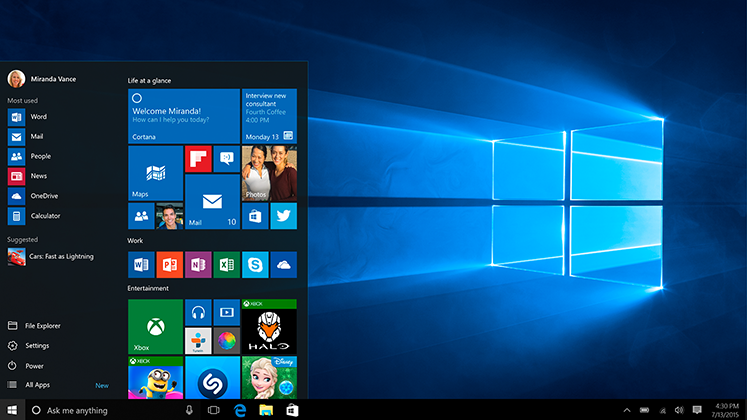
Windows 10 free upgrade ends July 29, will cost $119 after
When Microsoft launched Windows 10 last summer, it made an offer that millions of Windows users couldn’t refuse—upgrade from Windows 7 or Windows 8/8.1 within the first year and it will be free. In case you thought Microsoft might extend or otherwise remove the deadline to upgrade at no cost, the Redmond outfit made clear that’s not going to happen.
“The free upgrade offer to Windows 10 was a first for Microsoft, helping people upgrade faster than ever before. And time is running out. The free upgrade offer will end on July 29 and we want to make sure you don’t miss out. After July 29th, you’ll be able to continue to get Windows 10 on a new device, or purchase a full version of Windows 10 Home for $119,” Yusuf Mehdi, corporate vice president of Microsoft’s Windows and Devices Group, stated in a blog post.
There’s still plenty of time to upgrade at no cost, if that’s what you want to do, but once the deadline comes and goes, you’ll either have to purchase a license or buy a new PC with Windows 10 pre-installed.
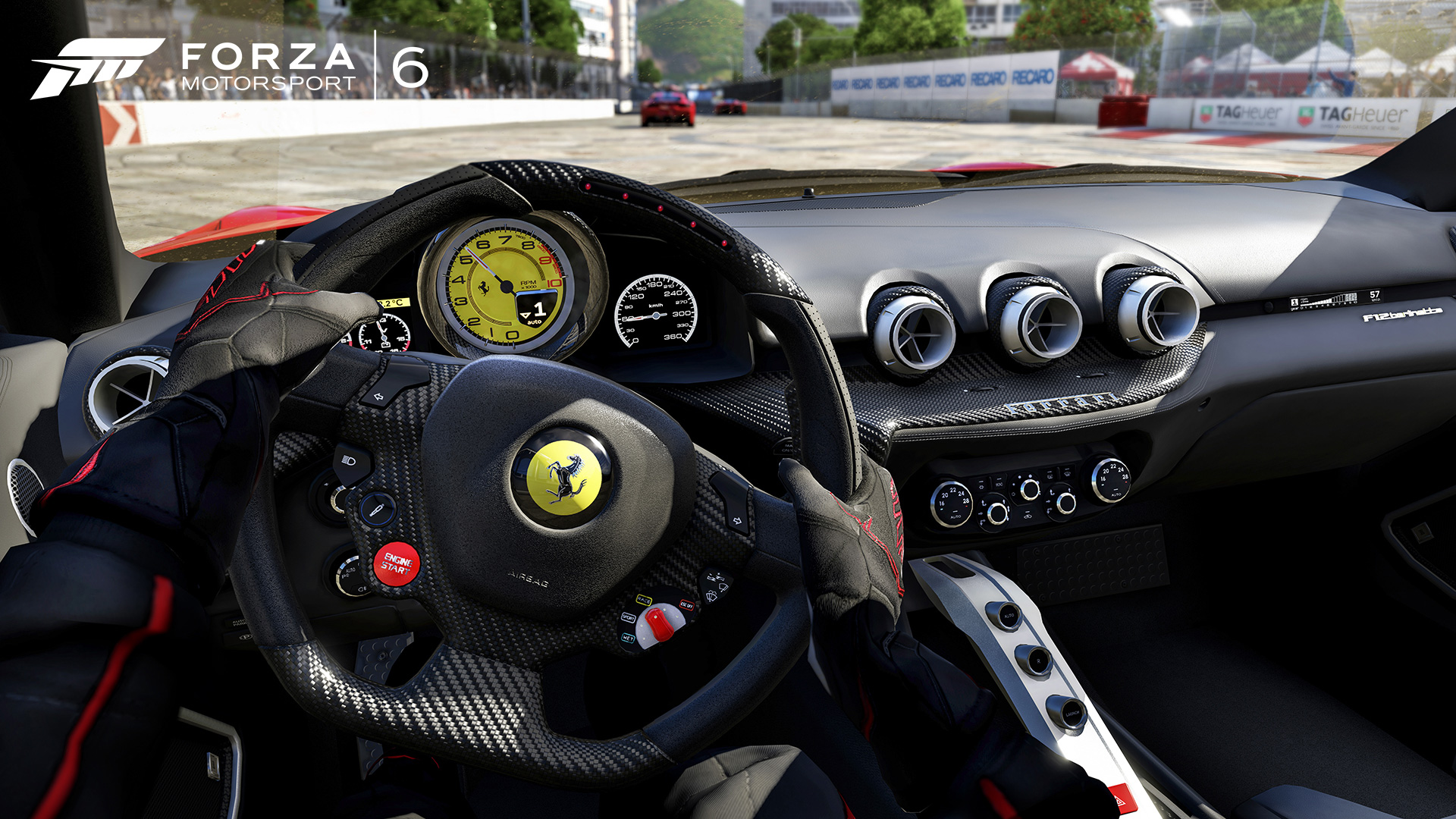
Nvidia 365.10 WHQL Game Ready drivers now available
Whenever there’s a major title on the horizon, Nvidia’s driver team gets busy prepping optimized “Game Ready” drivers to ensure the “best day-one gaming experience” possible. Usually it’s one or two games the driver team accounts for, though with Nvidia’s GeForce 365.10 WHQL driver release, there’s optimized code for four games.
One of those games is the Forza Motorsport 6: Apex beta that opens to PC gamers on Thursday (May 5). It’s a Windows 10 title featuring DirectX 12 support, along with the ability to run at resolutions up to 4K. You can check out the minimum, recommended, and ideal system requirements here.
Nvidia’s newest Game Ready drivers also boast optimized code for two other beta titles, Overwatch and Paragon, along with yesterday’s release of Battleborn, an online first-person shooter with MOBA style gameplay.
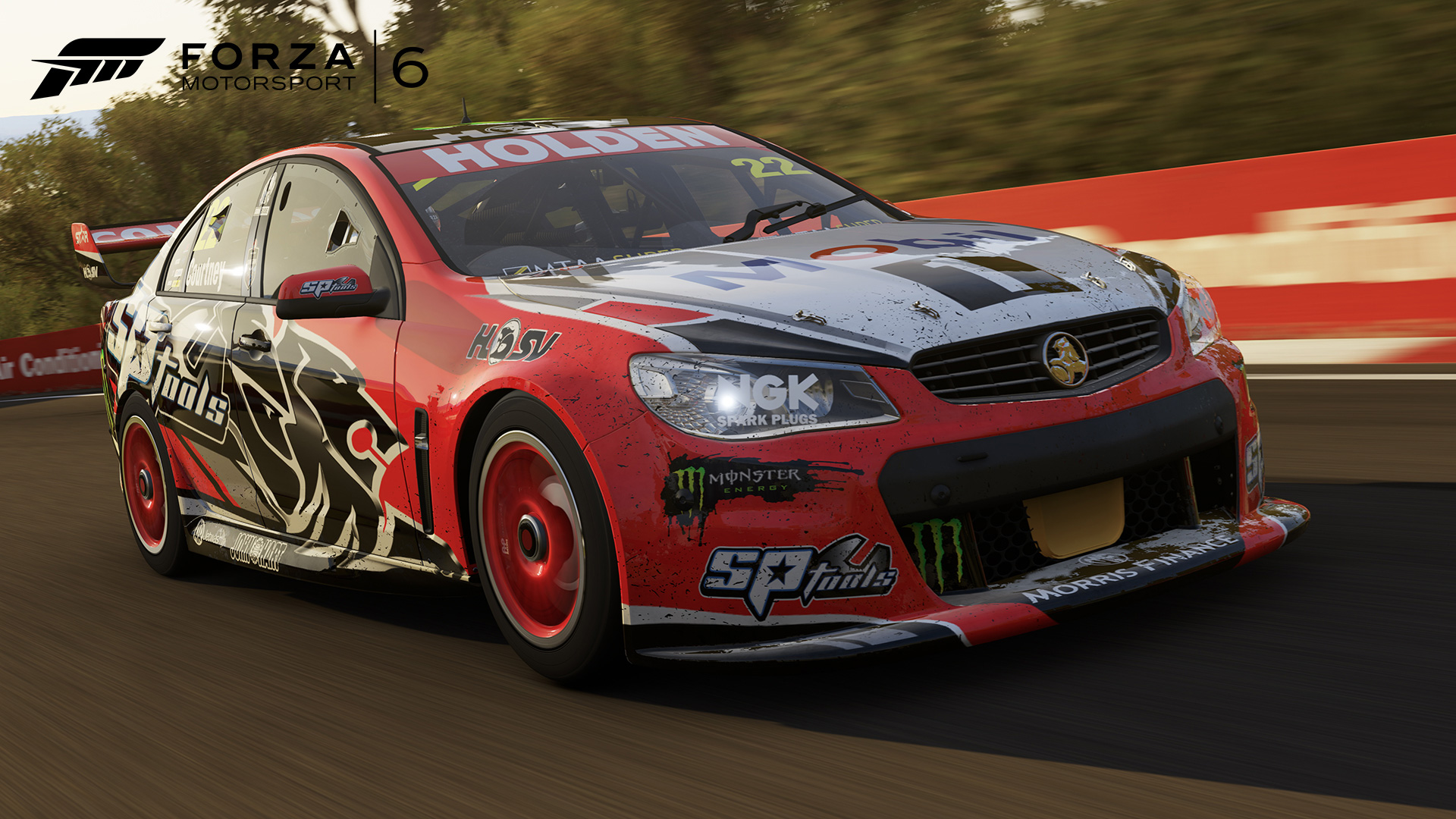
AMD Crimson 16.5.1 drivers kick Forza 6 on Fury X into overdrive
We already gave you a heads up that Nvidia released optimized drivers for the Forza Motorsport 6: Apex beta, but what about Radeon graphics card owners? Don't fret, AMD has your back with a Crimson update.
Not to be outdone AMD's Radeon Software Crimson Edition 16.5.1 driver package brings performance tweaks to Forza. There's a potential to see some big gains—AMD claims Radeon R9 Fury X owners will see up to 27 percent better performance in Forza 6 after if coming from Crimson 16.4.2. That's based on a burly setup consisting of an Intel Core i7-5960X CPU and 16GB of DDR4-2666 memory running the game at 4K.
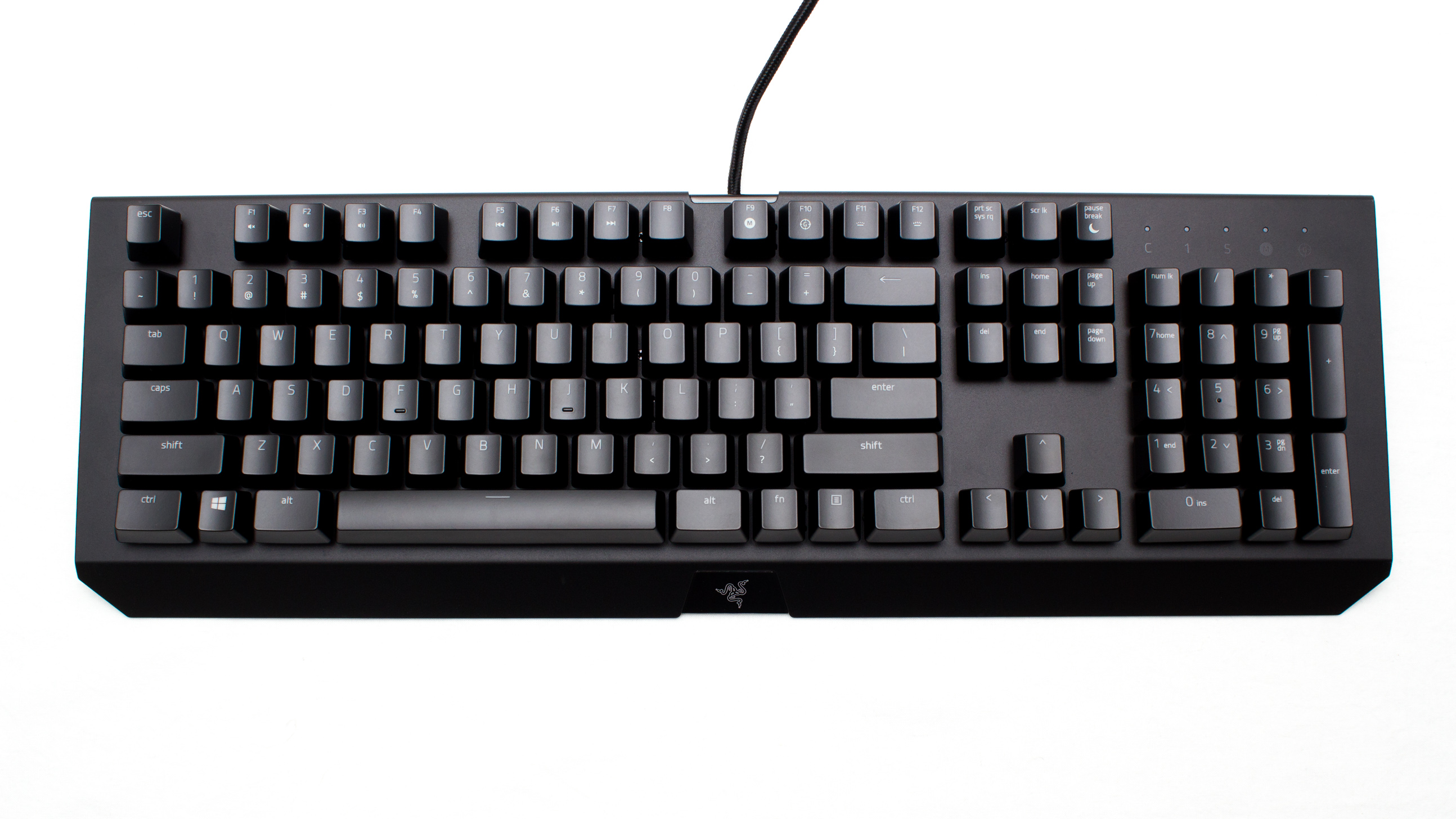
Razer BlackWidow X Chroma gaming keyboard review
Razer rarely takes the “less is more” ideal seriously. Most, if not all, of its products are heavily decorated with elaborate lighting and eccentric design. The Razer BlackWidow X on the other hand is one of few Razer products that strives for simplicity.
The BlackWidow X Chroma puts its switches on full display by stripping away the plastic casing and exposing its thick metal backplate. This new design shifts the gaming-oriented aesthetic that’s signature to Razer’s BlackWidow keyboard to something more low-key and professional. The keycap font has been changed to a modest (and quite frankly more pleasant) typeface in accordance.
Despite the more traditional look, the Razer BlackWidow X Chroma still targets the gaming crowd, which is why we’re scratching our heads as to why Razer took away the dedicated macro column. While it does feature full-board programmability, it’s nowhere near as convenient. At the cost of a slightly larger footprint, it would have added much more value to the product.
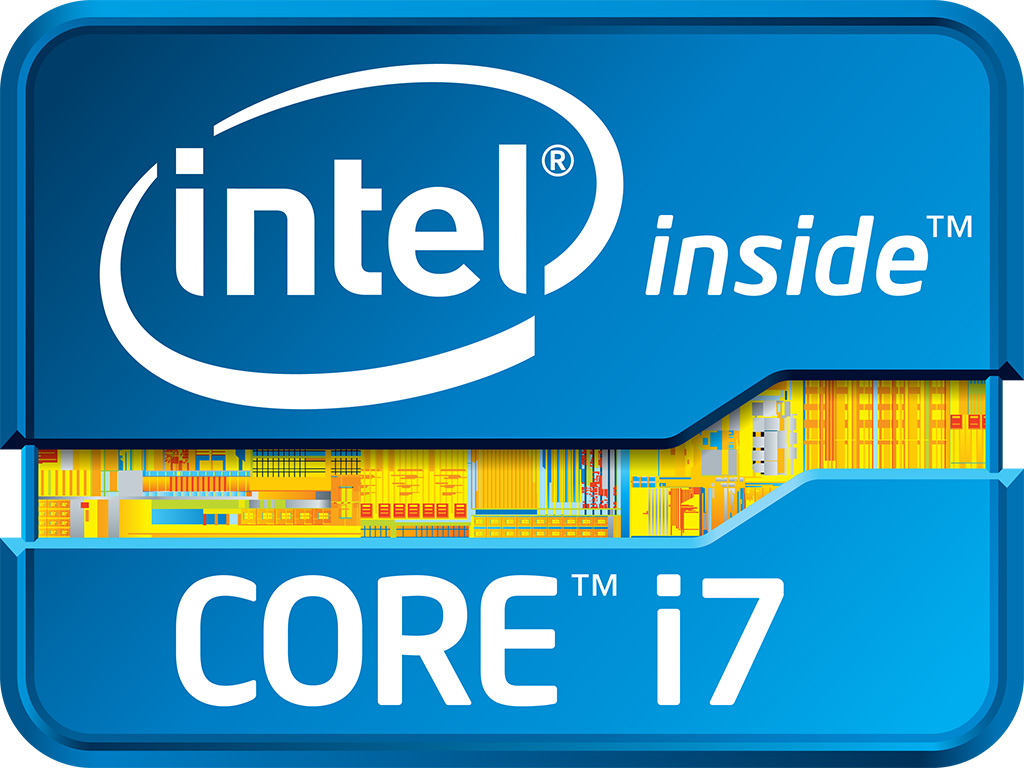
First benchmarks of Intel’s Broadwell-E Core i7-6950X appear
It’s tough to get overly excited about Kaby Lake, a stopgap release intended to fill the void left by Cannonlake’s delay, but don’t forget that Intel still has Broadwell-E on the roadmap. Intel plans on launching Broadwell-E to the enthusiast market later this year, and in the meantime Overclock.net forum user Silicon Lottery posted a handful of benchmarks comparing the Core i7-6950X to a Core i7-5960X, a Haswell-E CPU.
The Core i7-6950X is expected to be Intel’s flagship Broadwell-E processor. It’s built on a 14nm manufacturing process, has 10 cores with Hyper Threading support, and wields 25MB of L3 cache. What Silicon Power benchmarked was an engineering sample, which is a pre-release version that’s typically intended to test compatibility and to give system builders a jumpstart on designing products.
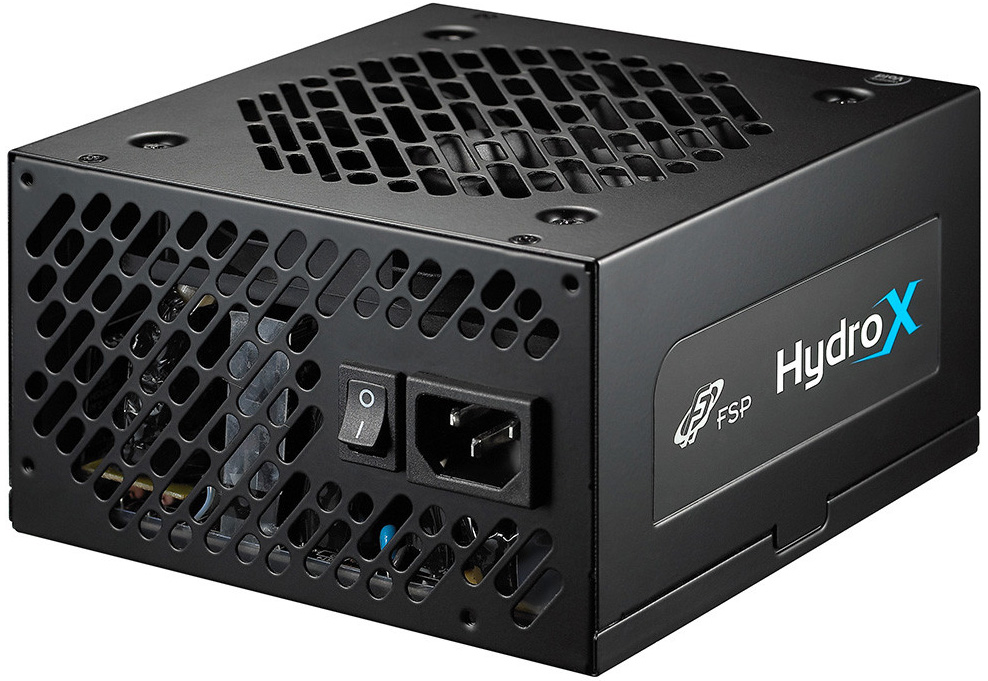
FSP's Hydro X series PSUs grab the gold
The power supply market grew a little bit bigger this week with the introduction of FSP's new Hydro X line. Each of the three models in the Hydro X series is 80 Plus Gold certified, part of which FSP attributes to its Eco-Minion controller.
In FSP's world, "computers spend most of their time sleeping." We beg to differ, at least when stating such a thing as a blanket statement, but there's a bigger point FSP is trying to make.
"When a PC is in sleep or idle modes, most of its functions are powered by the +5Vsb rail. The Hydro X series includes an Eco-Minion controller that enhances the overall performance of this rail," FSP explains. "Generally, PSUs achieve 75 percent efficiency at a low-power standby load of about 1A - the Hydro X series can achieve around 82.5 percent efficiency for low standby power consumption."
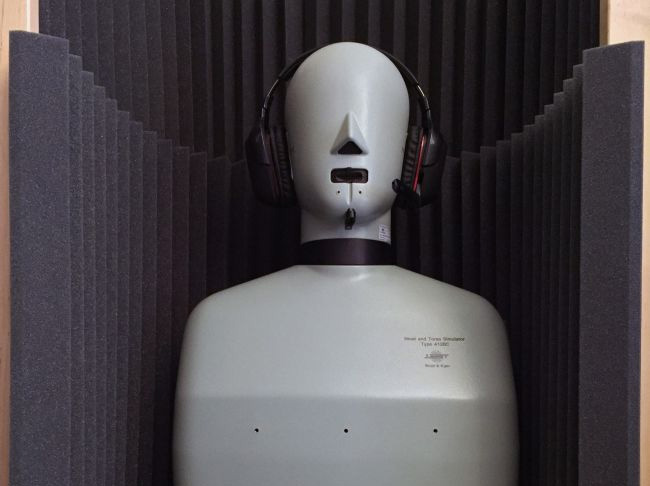
We tested 23 mainstream gaming headsets to find the best
When we set out last month to take on headsets, we wanted to do it in way that was more than your typical subjective user experience test. We wanted to remove good portion of the human aspect. This might seem counterintuitive considering an audio experience is highly subjective, but the fact is manufacturers use a great deal of engineering equipment to design and develop headsets and headphones.
That’s why we ended up getting ourselves a $50,000 testing platform. This platform is used by some of the most well respected engineering companies in the world.
Paul has been playing PC games and raking his knuckles on computer hardware since the Commodore 64. He does not have any tattoos, but thinks it would be cool to get one that reads LOAD"*",8,1. In his off time, he rides motorcycles and wrestles alligators (only one of those is true).


